Business
Facebook for Social Commerce: Quick Guide + Tips
Published
3 years agoon
By
Skylar Lee
Although Pinterest is the first platform to offer shopping features, Facebook is still influential in the social shopping sphere. They introduced the Shopping feature in 2020, which has seen an uptick in views and sales since then. If you’re new to Facebook Shopping, here’s a quick guide to set it up. Plus, know how Facebook for social commerce can help your brand flourish.
How to Set Up Your Facebook Shop?
Before we list the steps in setting up a Facebook Shop, you should know that a Page is required to create one. However, you can open a Facebook Shop and create a Page at the same time with these steps:
1. Head to the Commerce Landing Page
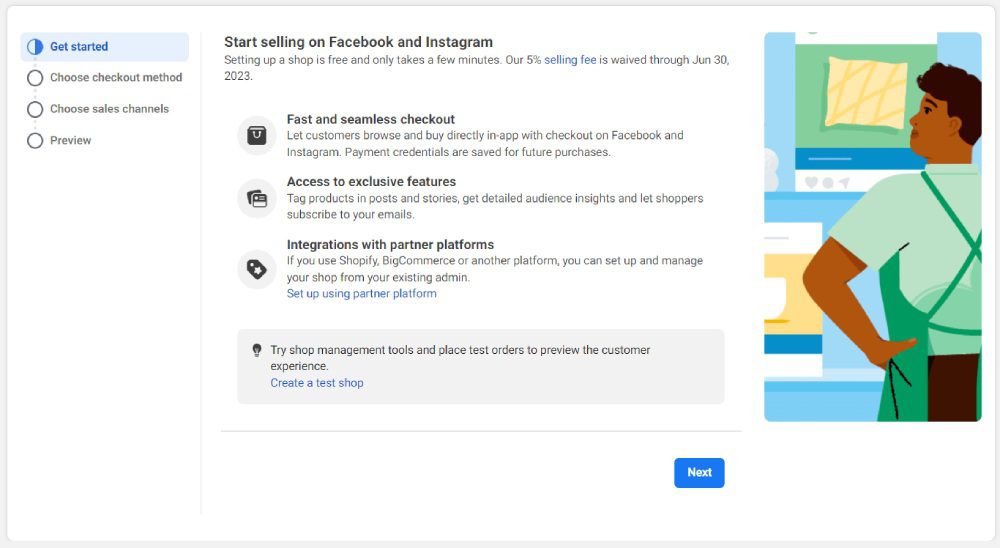
You can start your Facebook Shop by going to this page. This page introduces you to Facebook Shop.
2. Select a Checkout Method
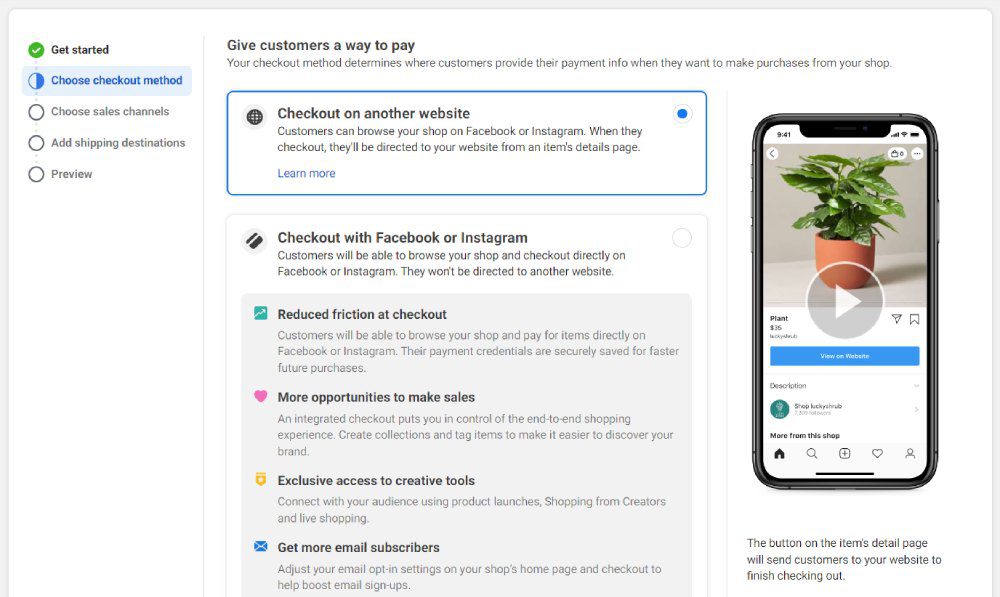
Facebook Shops allow you to choose a checkout method. You have three Checkout methods:
- Another website (customers will be redirected to your website)
- Facebook or Instagram (available only for US-based businesses)
- Messaging (checkout via Messenger or WhatsApp)
3. Choose Sales Channels and Business Account Manager
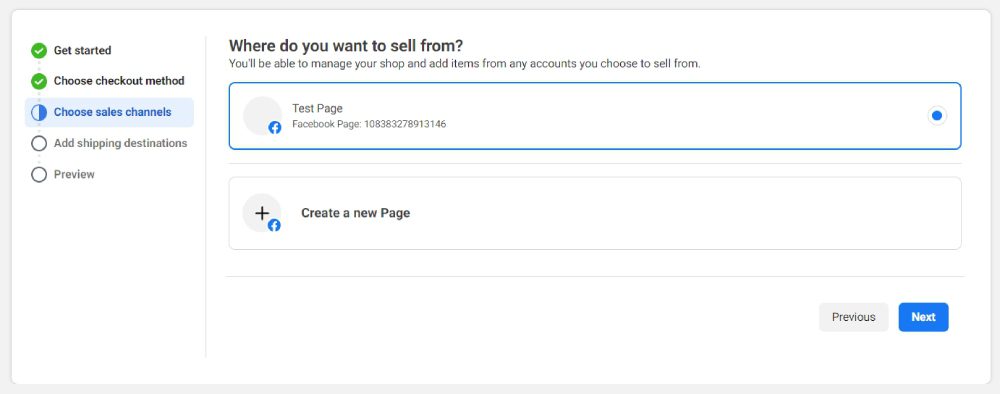

If you haven’t set up a business page yet, this is the step where you’ll create a page. You need that page as a sales channel. After creating your page and choosing where you’ll sell, you also need to connect a business account.
4. Add a Shipping Location

Once those are done, you have to choose a shipping location. Make sure to select the countries where you’ll ship your items.
5. Preview and Finish Set Up
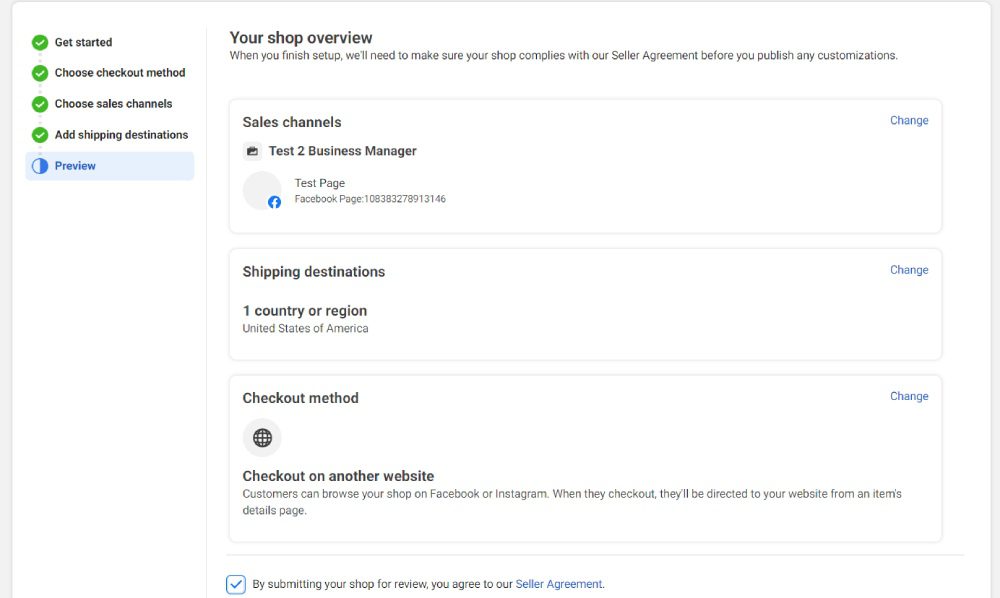
The final step in setting up your Facebook Shop is the preview. This allows you to review your Shop before creating listings. If it’s all good, click Finish Setup, and your Facebook store is finally online!
How to Create a Facebook Shop Listing?
Once you set up your shop, the next best thing to do is post your product listings. To do this, you need to create a catalog first.
1. Select a Catalog Type
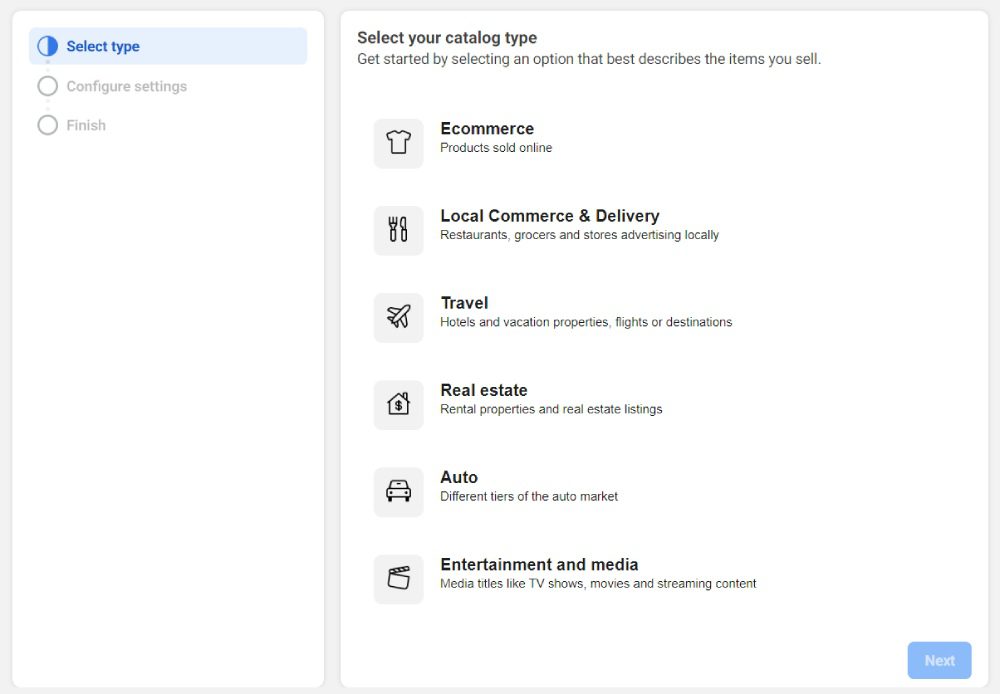
When creating a catalog, choose the best one for your shop. You can choose from six categories.
2. Configure Catalog Settings
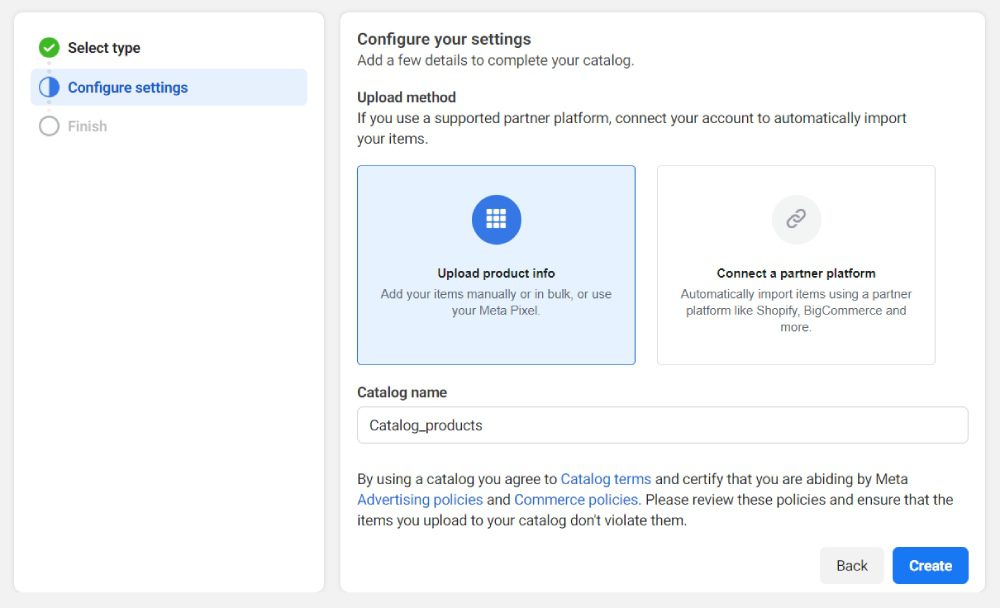
In this step, you can choose to add your products or listings manually. Or, if you have an online shop, you can integrate your items from that website. However, if you don’t have a website yet and want to add things manually, you can move on to the next step.
3. Add Items
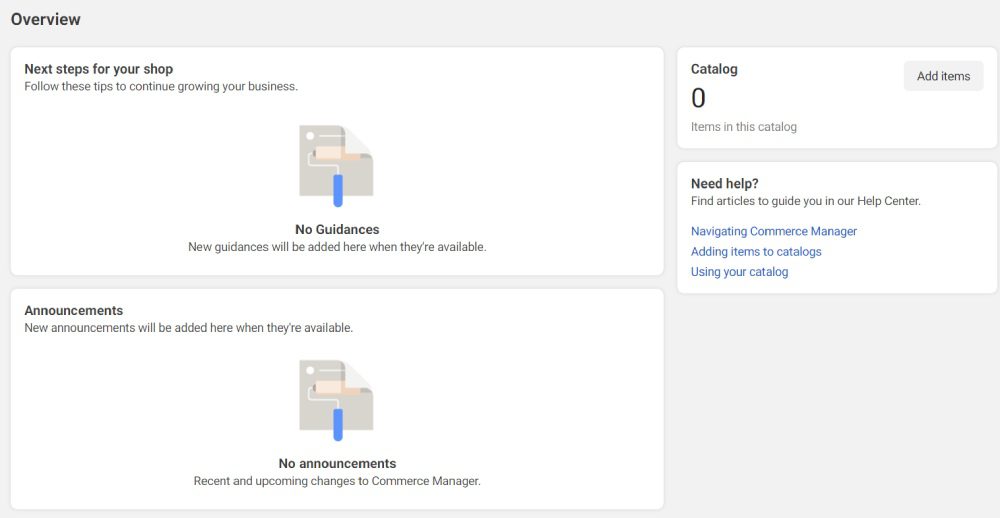
When adding a new listing, you have four options: manual, data feed, partner platform, or Pixel.
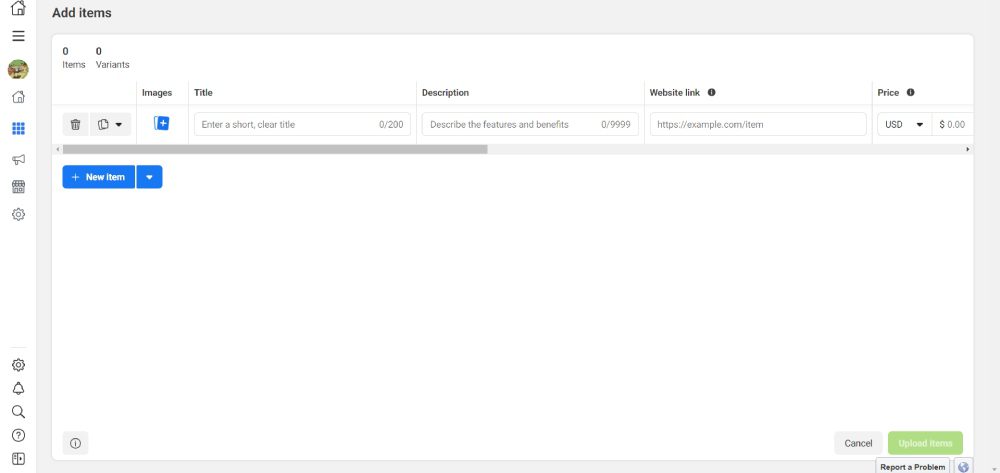
After clicking “Manual,” you will be redirected to a new page where you can upload the following:
- Images
- Title
- Description
- Website link
- Price
- Facebook product category
- Condition
- Availability
- Status
- Brand
- Content ID
Once you’ve supplied these details, you finally have your first-ever listing on Facebook!
Reminder: Make sure to update your catalog and inventory from time to time.
Why Do You Need a Facebook Shop?

- It allows you to connect with customers on Facebook through messaging apps.
- It can drive more leads and sales from Facebook to your website.
- Setting up a Facebook Shop is easy, and you can start selling on the same day.
- A Facebook Shop is ideal for businesses without a website yet but would like to promote their products already.
- You can provide a faster and more seamless checkout, especially if your leads are coming from Facebook.
Facebook for Social Commerce: 3 Tips to Follow

You don’t want your efforts of setting up your shop on the social media site to go to waste. Here’s how you can entice your followers to become your loyal customers.
1. Customize Your Storefront
Facebook allows business owners to customize their storefronts by editing the shop’s layout. Plus, you can feature your best products. With a customized storefront, you can flaunt your best-selling items. This introduces new customers to your products.
As a new business, you probably still don’t have a best-seller just yet. However, you can choose products you think would most benefit your customers. Or, promote your most exciting product first. Then, add a catalog for other products that your customers can buy in the near future.
2. Create and Publish Ads
Increase your Facebook Shop’s exposure by posting ads. Organic content can create interest in your products. However, ads can help you reach an audience you couldn’t through word-of-mouth or organic content.
Thanks to graphic design and video services or tools, anyone can create Facebook ads instantly. Once done, you can publish these ads to promote your new products to the public. But before you get your hands on software or hire a graphic designer or video editor, you need to remember these things:
- Ad type (e.g., image, video, carousel, lead, collection)
- Ad sizes
- Objective (awareness, traffic, engagement, leads, app promotion, and sales)
- Audience type (lookalike audiences, custom audiences)
Once you have these ready, you can publish these ads immediately and promote your business and products to a broader audience.
3. Establish Connections with Customers
Having a Facebook store doesn’t mean online buyers will come trickling in and buying your products. They will take time to decide whether or not they should push through with their purchase. One Facebook social commerce strategy is not overlooking building connections with customers.
You have to nurture your leads from the moment they ask questions about your products until they decide to purchase. However, if you can’t reply to every single message, you can use a chatbot to assist customers with their inquiries. Then, you or a team member can step in to handle complex inquiries.
Key Takeaways
If you have a fantastic product to promote but don’t know where to start, Facebook is one of the best platforms to list it. The social media platform makes it easy for businesses to create a Facebook Page and Shop in a few simple steps. Plus, listing on Facebook is the ideal alternative if you don’t have a website, want to promote your products and see results quickly.
You may like

Graphic design subscription services like No Limit Creatives are popular among small businesses to get quick and quality designs. However, just like any other platform, it has its downsides. So, if you’re looking for No Limit Creatives alternatives, here is a list we made to help make the job easier for you.
Penji — Best Overall Alternative
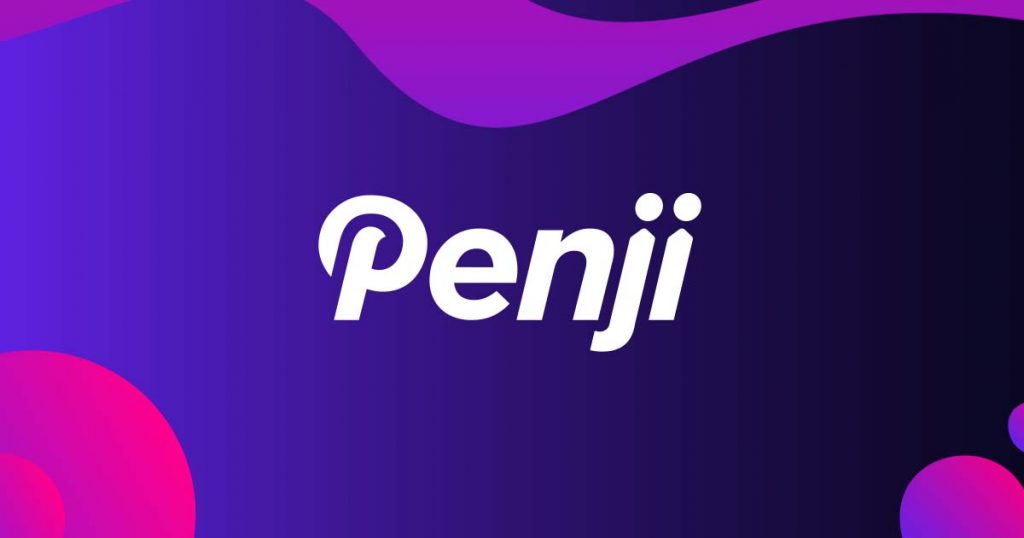
If you’re looking for a reliable graphic service from start to finish, Penji is a great alternative. Penji significantly improves upon the things that No Limit Creatives lacks in comparison — turnaround time, user dashboard experience, and offers a consistent designer who helps your brand over time.
Why it Stands Out:
The biggest issues with No Limit Creatives are slow turnaround times and designs that lack brand cohesion. With Penji, you get consistent communication, consistent pricing, and over 120 design types without all the hassle.
Pros:
- Quick turnaround time (24-48 hours)
- A designer learns your style
- Easy user dashboard
- Consistent monthly pricing with no hidden fees
- 120+ types of designs (ads, branding, web, social, and more)
Cons:
- No communication through chatting with the designers
- No video/animation capability
GraphicsZoo — Best for Revision and Version Tracking
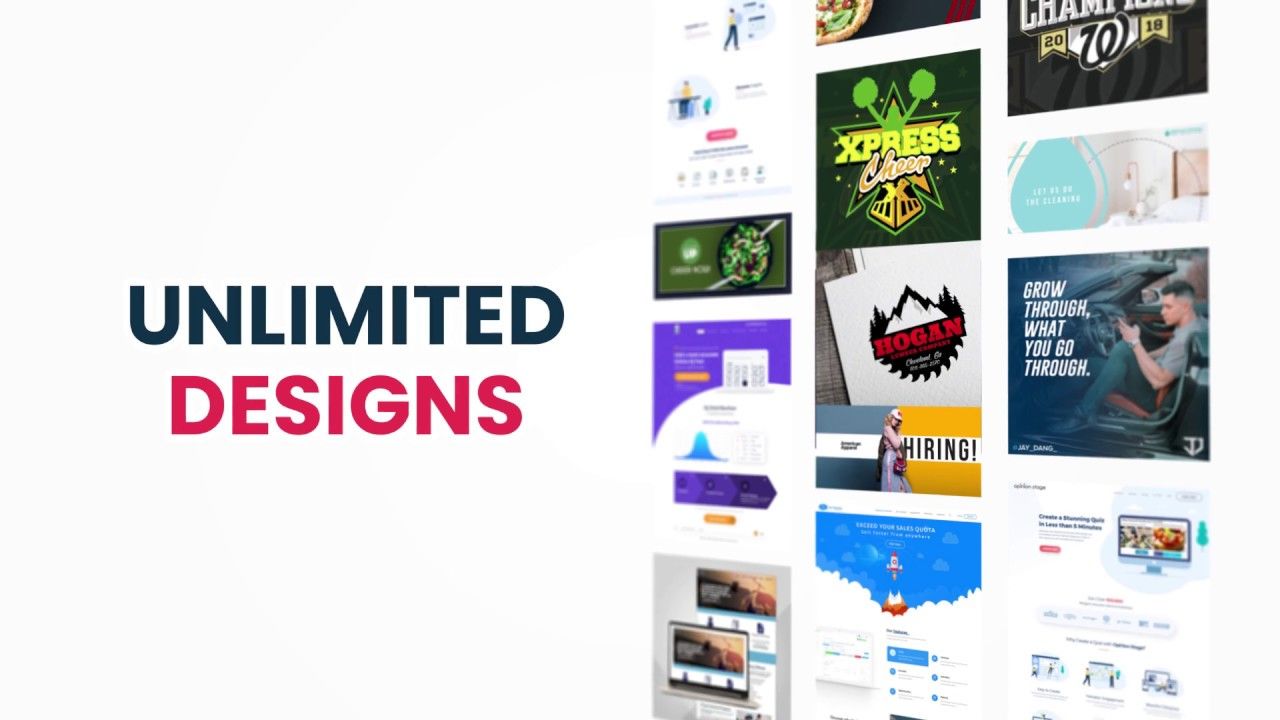
GraphicsZoo is a good alternative if you want more say in your revisions and need brand consistency across the board. GraphicsZoo can help with easy version tracking, making team collaboration simple.
Why it Stands Out:
If you’re struggling to get changes made or keep things on brand, GraphicsZoo gives you the tools necessary to do so.
Pros:
- Tracks versions and revisions in detail
- Team collaboration made easy
- Dedicated Design Team
Cons:
- Turnaround may vary depending on order
- The interface could be more modern
Content Beta — Best for SaaS and Tech Brands
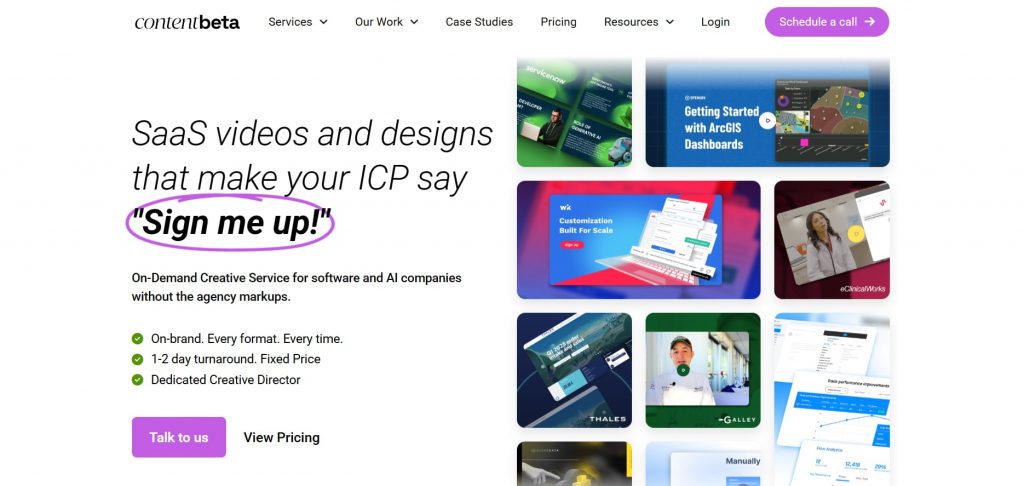
If you’re a software or tech company that needs more modern design visual offerings like product explainer videos, UI design mockups, and onboarding videos, then Content Beta works best for you. Unlike No Limit Creatives, which primarily focuses on graphics, Content Beta specializes in design and video.
Why it Stands Out:
If you’re working on product videos, app UI, or anything tech-related, this is the choice for specialized help.
Pros:
- UI/UX combined services
- Great for explainer videos of products
- Video/design in one package
Cons:
- Non-ideal for basic branding or print materials
- Could be costly for smaller teams
SmartSites — Best for Marketing + Design Services
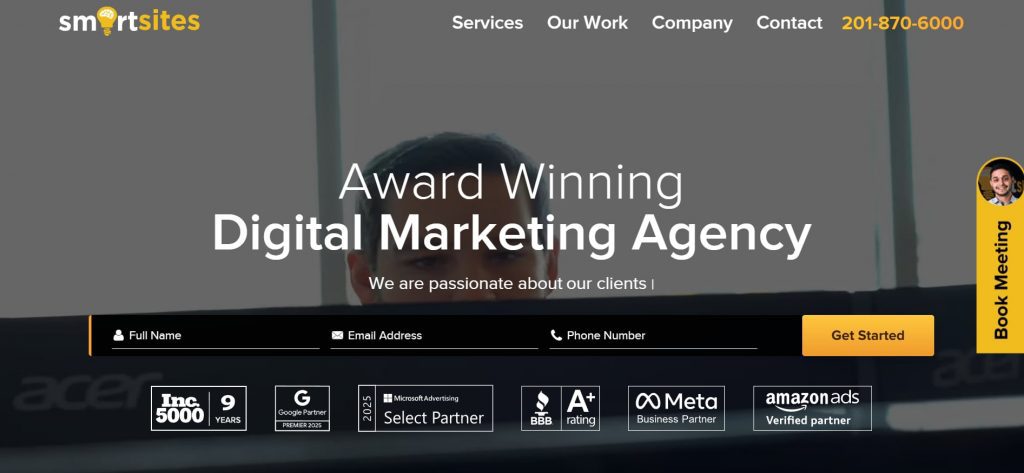
SmartSites is a marketing agency first and foremost. They provide SEO/PPC/web services along with graphic design so if you’re looking for heavy assistance in creative strategies as well as marketing brands and messaging, SmartSites is a suitable match.
Why it Stands Out:
If you want design solutions with tangible marketing results, then SmartSites provides you the growth potential to back it up.
Pros:
- Agency full-service: design/se0/PPC/web solutions
- Good for branding long haul
- A lot of strategic thinking help
Cons:
- Not unlimited graphic designs subscription program
- Should avoid if you only need design work
Business
What’s the Best Graphic Design Service for Startups
Published
5 days agoon
October 30, 2025By
Flore
TLDR: Penji is the best graphic design service for startups because you get unlimited designs, 24-48 hour turnarounds, and flexible pricing that won’t drain your budget. Unlike premium agencies or inconsistent freelancers, Penji scales with your startup.
The best graphic design service for startups is Penji. For $499/month, get unlimited design requests delivered in 24-48 hours with a dedicated team that understands startup urgency. No contracts, no per-project fees, just reliable design support.
Startups burn through design work fast. One week, you need social posts. Next week, you’re updating your pitch deck. Then suddenly, you need a one-pager for investors. Freelancers cost too much per project, and full-time designers? Not in the budget yet. Here’s the graphic design service for startups that comes in, giving you unlimited work for predictable monthly costs.
Top Design Services Startups Actually Use
1. Penji

When you’re hunting for the best graphic design service for startups, you need speed, variety, and affordability all at once. Penji nails all three. Their design as a service platform gives you unlimited designs for $499/month with 24-48 hour turnarounds.
Why Penji works so well for startups:
They handle everything. Logos, pitch decks, social campaigns, you name it. No per-project charges. Your monthly rate stays flat whether you submit two requests or twenty.
Your dedicated team at Penji learns your brand fast. They remember your preferences for future projects instead of treating every request like the first time.
The creative support scales from simple graphics to complete brand guides. You don’t get forced into higher pricing tiers when your needs grow.
No contracts. You can pause when cash is tight and restart when you’re ready. Perfect for unpredictable startup budgets.
Startups choose Penji when they need graphic design services that match their pace without the agency price tag.
2. Superside

Superside brings agency-quality work through a subscription model. They’re great if you’ve raised significant funding and need premium creative for major campaigns. But plans start around $3,000-$5,000 monthly. Too steep for most early-stage startups.
3. Kimp

Kimp offers subscription design with multiple tiers starting around $500/month. They’re decent for basic needs. The catch? Turnaround times can stretch to 48-72 hours, and their design variety feels more limited than what Penji offers.
Conclusion
The best graphic design service for startups matches your speed and budget without compromise. Penji’s graphic design services handle everything from quick social posts to complex branding work. All for one flat monthly rate that makes financial planning actually possible.
Get Design Support That Moves at Startup Speed
Try Penji today and see why thousands of startups trust them for unlimited design work. Get your first project delivered in 48 hours.
Frequently Asked Questions
Why is Penji better than hiring a freelancer?
Freelancers charge per project and often have slow turnarounds. Penji gives you unlimited designs for one flat monthly rate with 24-48 hour delivery. No chasing invoices or waiting for availability.
How much does Penji cost compared to other services?
Penji starts at $499/month for unlimited designs. Superside costs $3,000-$5,000 monthly. Quality freelancers charge $100-$200 per project, which adds up fast when you’re launching.
Can I get revisions with Penji?
Yes. Unlimited revisions are included in your monthly subscription. Keep requesting changes until the design is exactly what you need.
Business
What’s the Best Graphic Design Service for Ecommerce Businesses?
Published
5 days agoon
October 29, 2025
Graphic design is a huge part of managing an ecommerce business. It attracts prospects and website visitors, builds a strong brand identity, and establishes authority and credibility. If you want your brand to possess all these, you need to explore these five best graphic design services for e-commerce businesses:
Penji

A leading name in the graphic design subscription landscape, Penji offers unlimited graphic design and revisions for a flat monthly rate. This allows ecommerce businesses to get all the landing pages, ad creatives, product packaging, and other visuals they need without breaking the bank. Penji also offers a quick turnaround time of 24 to 48 hours, making it ideal for multiple product launches or regular email campaigns.
Flocksy
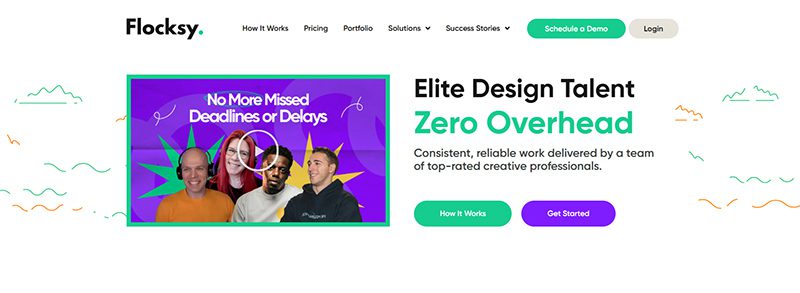
Boasting a team of designers, writers, and video editors, Flocky is an excellent option for ecommerce businesses looking for a reliable design partner. Like Penji, it delivers within 24 to 48 hours with fixed-rate pricing plans. Also included in the plans are unlimited revisions, so you can get the exact designs you need.
ManyPixels
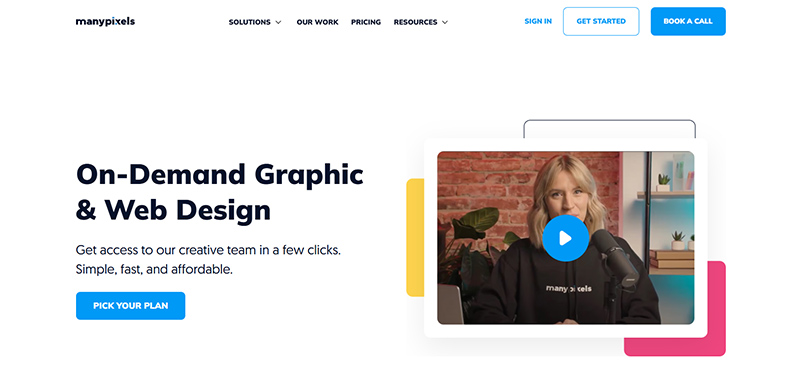
Another graphic design subscription platform that’s built for ecommerce businesses, ManyPixels lets you send as many design requests as you can in a month. Its higher-tier plans match you with a dedicated designer to provide consistent visual assets for your online store.
Duck.Design
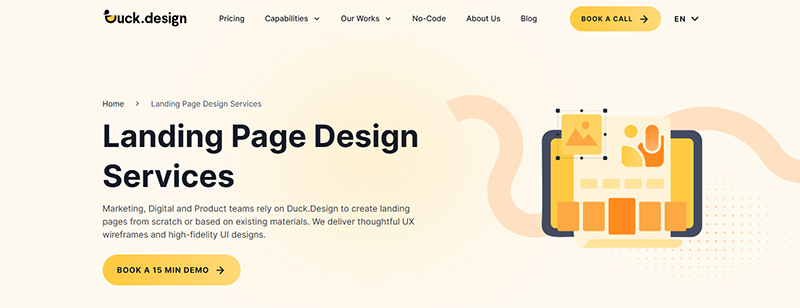
Whether your business is on Amazon, Shopify, or DTC (direct-to-consumer), Duck.Design is an excellent graphic design service for ecommerce businesses. It also offers unlimited graphic design services for flat monthly rates. Like ManyPixels and Penji, it delivers in 1 to 2 business days.
DotYeti

A rising start in the unlimited graphic design landscape, DotYeti is well-suited for ecommerce businesses looking for quality, fast, and affordable designs. You can send requests for infographics, packaging design, landing page designs, ad creatives, and many more.

Top 10 Tablets to Use in 2025

What’s the Best No Limit Creatives Alternatives?

What’s the Best Graphic Design Service for Startups

What’s the Best Graphic Design Service for Ecommerce Businesses?

What’s the Best Fiverr Alternatives?

What’s the Best Superside Alternatives today?

What are the Best Canva Alternatives for Designers and Marketers?

Top 10 Tablets to Use in 2025

What’s the Best Superside Alternatives today?

What are the Best Canva Alternatives for Designers and Marketers?

What’s the Best Fiverr Alternatives?

What’s the Best Graphic Design Service for Startups

What’s the Best Graphic Design Service for Ecommerce Businesses?





